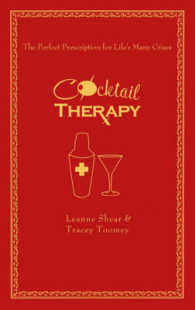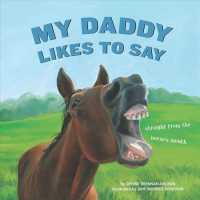Full Description
The innovative drama therapy programme develops social skills in children and teens on the autism spectrum by looking to the mirror neuron system as the key to social connection and interaction.
Lee R. Chasen provides an accessible explanation of the approach's grounding in neuroscience, followed by a thirty-session program involving creative tools such as guided play, sociometry, puppetry, role-play, video modeling and improvisation. Scenarios drawn from his own practice provide useful insights into both the practicalities and positive results of this unique approach.
This ground-breaking book will be of interest to drama and creative arts therapists, as well as teachers, school psychologists, counsellors and other professionals who work with children on the autism spectrum.
Contents
Preface. Foreword: Mirrors and Bridges. Robert J. Landy, Ph.D., RDT-BCT, LCAT. Introduction: Mirror, Mirror on the Wall. Part I. Behind the Scenes: Theoretical Constructs. 1. Dramatic Encounters. 2. Engaging Autism Spectrum Disorder (ASD). The diagnoses. Possible causes. Treatment approaches. Developmental considerations. Positive intervention. Back through the looking glass. 3. Drama: Mirroring the Neurological Soul. Part II. Center Stage: Theory in Action. 4. Constructing a Process Reflective Enactment Approach to Social Skills. 5. Recognition: Establishing Roles. 6. Unity: Building Ensemble. 7. Character: Reflecting Goodness and Appropriateness. 8. Plot: Organizing Events. 9. Diction and Reasoning: Social Scripting, Facial Cues and Body Language. 10. Complication and Resolution: Interactive Language Skills. 11. Comedy and Plot: Broadening Perspectives and Constructing Solutions. 12. Actions and Life: Simulating Events. 13. Reversal: Individualized Scripting. 14. Episodic Outline: Tools for Reflection and Celebration. 15. The Teen Experience. 16. Reflections: I See You. References. Subject Index. Author Index.








